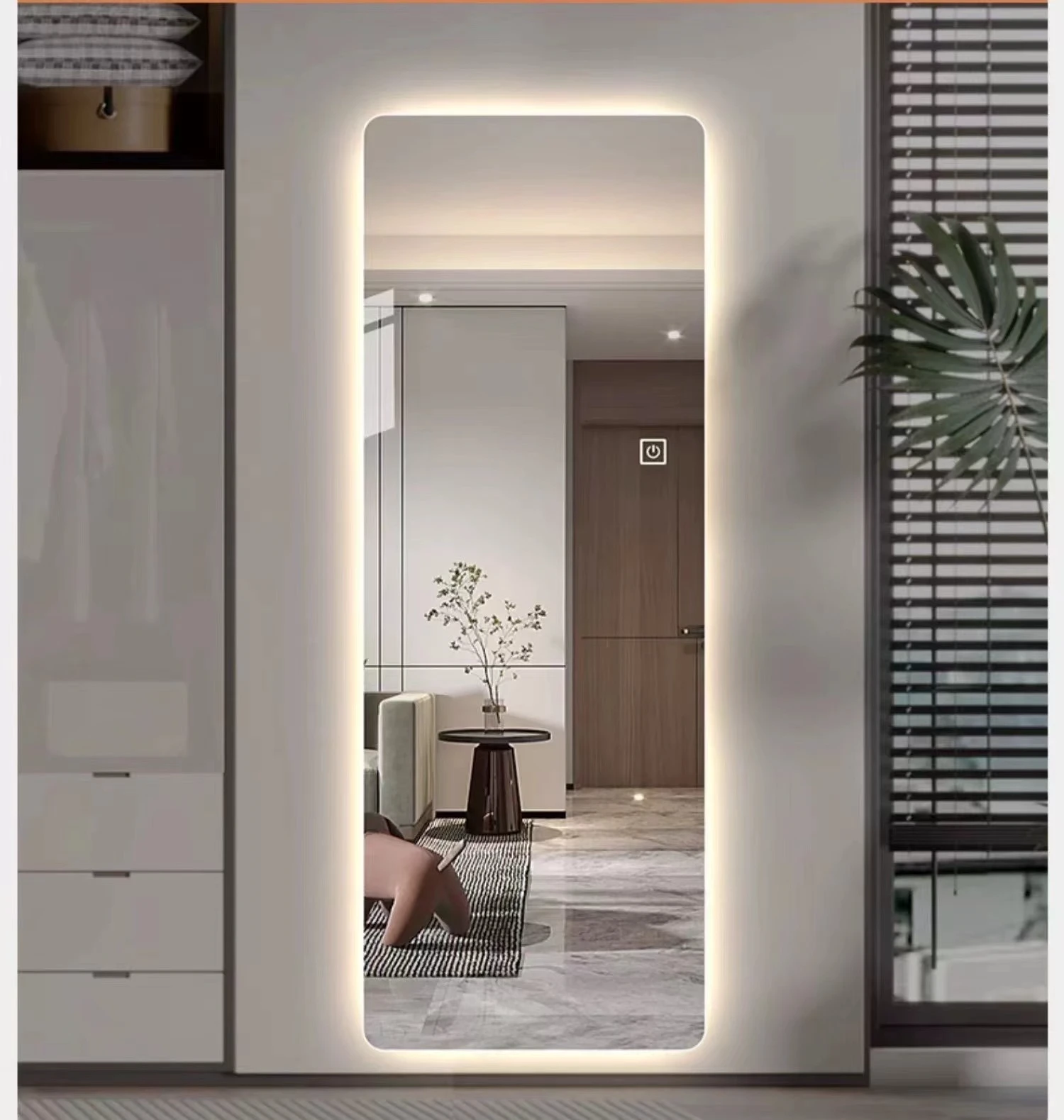

Understanding Quality Tempered Glass A Comprehensive Overview
Tempered glass, also known as toughened glass, is a type of safety glass that undergoes a thermal treatment process, enhancing its strength and resilience compared to regular glass. The production of tempered glass involves heating the glass to high temperatures and then rapidly cooling it, which creates a unique internal stress that makes it much stronger and more durable. This article explores the various aspects of quality tempered glass, including its manufacturing process, applications, advantages, and quality standards.
Manufacturing Process
The manufacturing of tempered glass begins with the selection of high-quality raw materials. The glass is typically made from silica sand, soda ash, and limestone. Once the raw materials are mixed and melted in a furnace, the molten glass is formed into sheets. The glass sheets are then slowly cooled—a process known as annealing. After this, the glass undergoes the tempering process, where it is heated to approximately 620 degrees Celsius (or 1,148 degrees Fahrenheit) and then rapidly cooled. This rapid cooling process compresses the surface of the glass while placing the interior under tension, resulting in a finished product that is up to five times stronger than standard glass of the same thickness.
Applications of Tempered Glass
Thanks to its strength and safety features, tempered glass is widely used in various applications. One of the most common uses is in residential and commercial buildings. It is the preferred choice for windows, doors, and facades due to its ability to withstand stress, sudden temperature changes, and impacts. In addition to architectural applications, tempered glass is also used in the automotive industry for windshields and side windows, where safety and durability are paramount.
Moreover, tempered glass finds its application in furniture, such as glass tables and shelves, shower doors, and glass barriers in swimming pools. In each of these applications, the use of tempered glass ensures safety, especially in areas where the risk of breakage is high.

Advantages of Quality Tempered Glass
Quality tempered glass offers numerous advantages. Firstly, its strength is a significant benefit, making it highly resistant to breakage. In the event that it does break, tempered glass shatters into small, blunt pieces rather than sharp shards, minimizing the risk of injury. This safety feature is one of the primary reasons for its use in public buildings and transportation.
Secondly, tempered glass has excellent thermal resistance. It can withstand temperature fluctuations without breaking, making it ideal for applications where heat exposure is a concern, such as in shower enclosures or glass facades under direct sunlight.
Additionally, tempered glass can enhance a building's aesthetic appeal. It comes in various finishes and can be coated or tinted to reduce glare or improve privacy while allowing natural light to penetrate.
Quality Standards for Tempered Glass
Not all tempered glass is created equal. To ensure that the glass meets safety and performance standards, manufacturers often adhere to specific quality regulations. Organizations like the American National Standards Institute (ANSI) and the International Organization for Standardization (ISO) have set benchmarks for manufacturing practices. These standards include criteria for strength, thermal resistance, and impact resistance, ensuring that the tempered glass performs adequately under various conditions.
In conclusion, quality tempered glass is a vital component across different industries, renowned for its strength, safety features, and aesthetic versatility. By understanding its manufacturing process, applications, and advantages, consumers can make informed choices when selecting glass products for their projects. Ensuring adherence to established quality standards not only guarantees safety but also enhances the overall value of the investment in tempered glass products. As demand continues to grow, advancements in glass technology will likely improve the quality and performance of tempered glass even further, paving the way for innovative applications in the future.